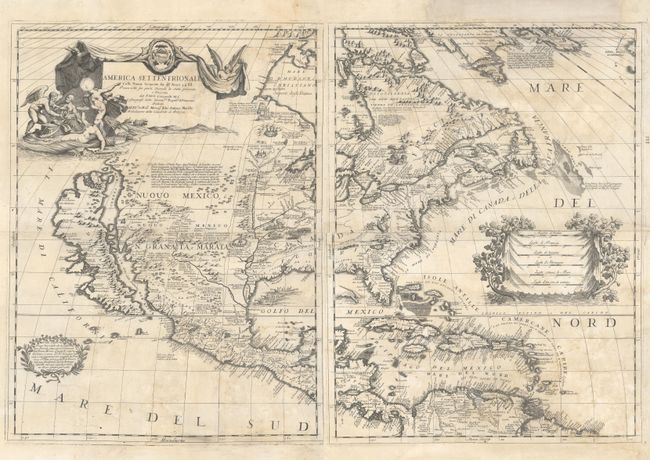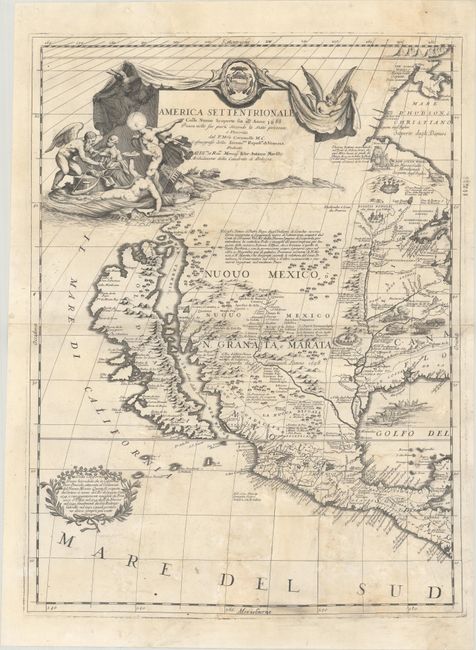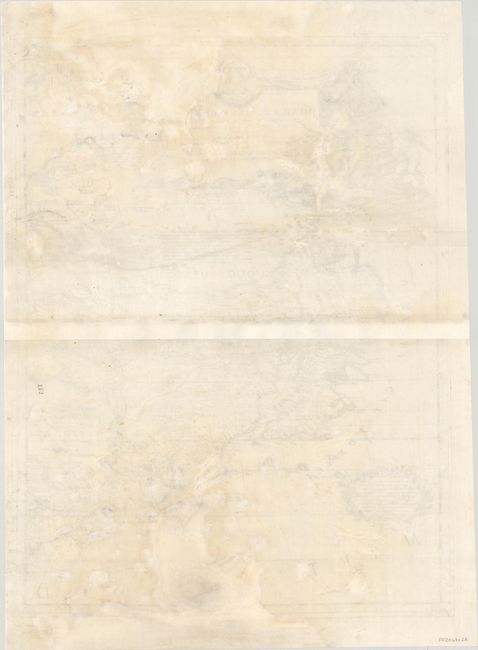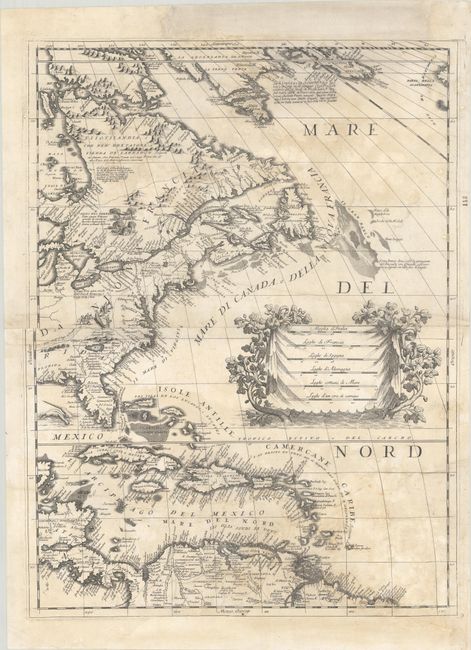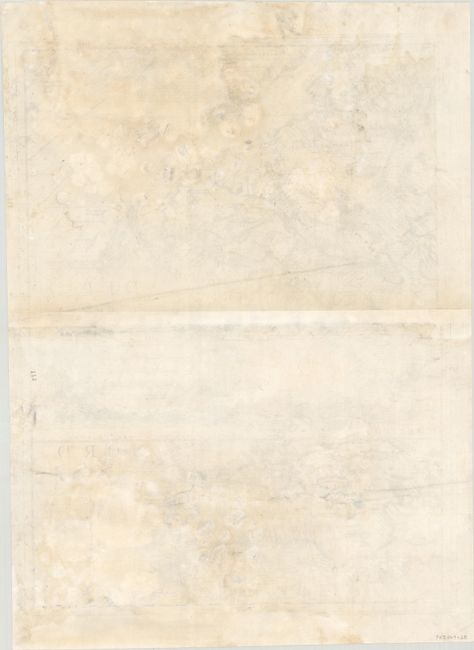Catalog Archive


Auction 184, Lot 101
Coronelli's Stunning and Influential Map of North America with the Island of California
"[On 2 Sheets] America Settentrionale Colle Nuove Scoperte sin all' Anno 1688 Divisa Nelle sue Parti Secondo lo Stato Presente e Descritta...", Coronelli, Vincenzo Maria
Subject: Colonial North America
Period: 1688 (dated)
Publication: Atlante Veneto
Color: Black & White
Size:
17.9 x 23.8 inches
45.5 x 60.5 cm
Download High Resolution Image
(or just click on image to launch the Zoom viewer)
(or just click on image to launch the Zoom viewer)
